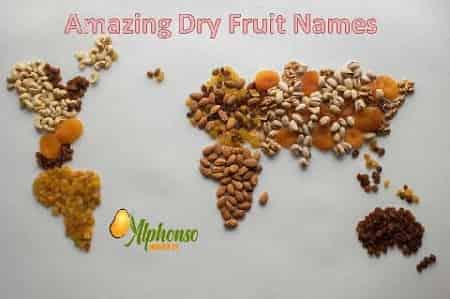
Amazing Dry Fruit Names
By Prashant Powle, 1 comment
Amazing Dry Fruit Names Dry fruits are essential to a healthy diet, providing essential nutrients and fibre. Some popular dry fruits include raisins, apricots, dates, figs, and nuts. Buy Dry...
10 salted pista calories
400g dried apricot
500 gm Dried Apricot
Afghani Mamra
akhrod giri
Akhrot
Akhrot Giri
akrod
Almonds
Almonds Badam
Alu Bukhara
amazon dry fruits
American badam
Badam
Badam Mamra
Baddam
bam dates
bam khajoor
big kaju
Black Plum Seedless
Black Raisin
Black Raisins
Buy Dry Fruits
buy dry fruits Online
California Almonds Badam
Cashew Nuts
Cashew Nuts w 180
cranberry dried
Dried Aalu Bukhara
Dried Apricot
Dried Cranberry
Dried Plum
Dry Cranberries
Dry Cranberry
dry fruit mixture
Dry fruit trail mix
Dry Fruits
Dry Fruits Online
genus Juglans
gurbandi badam
Health Benefits of Dried Apricot
Imported Karonda
Indian Raisin
Indian Raisins
Irani Badam
irani khajoor
irani khazur
Irani Mamra
kaju
Kala kishmish
kala kismis
kala Manuka
Khara Cashew nuts
Khara Kaju
khubani
Khumani
Kimia Dates
Kimia Khajoor
Kimia Khajur
Kishmish
Majafati dates
Mamra Almond
Mamra almond Badam
mamra badam
mamra badam origin
Manukka
Mazafati Dates
Mazafati khajoor
Mazafati khazur
Mix Dry Fruits
mixed dry fruits
Munakka
namkeen kaju mathri
nuts
nuts online
nutty delight
Origin of Almonds (Badam)
Origin of Badam
Panch Meva
Panch Mewa
Panchmeva
Panchmewa
pista
pista dry fruit
Pista Kernel
pista salted
Pistachios
Pistachios Kernel
Pitted Prunes Dry Fruit
premium almond
premium badam
premium cashew nuts
Raisins
Raisins Black
salted cashew nuts
salted pista
Salty Cashew
Salty kaju
Seedless Jardalu
Sukha Aalu Bukhara
Sukha Allubukhara
Sukha Aloo Bukhara
Sukhe Aalu Bukhara
Trail Mix
w 180 Cashew Nuts
walnut giri
अक्रोड
अक्रोड गिरी
अखरोट गिरी
अमेरिकन बदाम
आलू बुखारा
काली किशमिश
काळा मनुका
किमिया खजूर
कॅलिफोर्निया बदाम
कैनबेरी
खजूर
खारवलेले काजू
खारा काजू
बदाम
मनुक्का
ममरा बदाम
ममरा बादाम
मामरा बदाम
सुखे द्राक्ष
सूखे प्रून
খর্জুর
ਨਮਕੀਨ ਕਾਜੂ
ਮਮਰਾ ਬਦਾਮ
ਸੁੱਖਾ ਆਲੂ ਬੁਖਾਰਾ
கருப்பு திராட்சை
சுகா ஆலு புக்காரா
தேதிகள்
மாம்ரா பாதாம்
வால்நட் கர்னல்
తేదీలుتاریخوں
నలుపు ఎండుద్రాక్ష
మమ్రా బాదం
సుఖ ఆలూ బుఖారా
ಆಕ್ರೋಡು ಕರ್ನಲ್
ಕಿಮಿಯಾ ದಿನಾಂಕಗಳು
ದಿನಾಂಕಗಳು
ಮಾಮ್ರಾ ಬಾದಮ್
കറുത്ത ഉണക്കമുന്തിരി
തീയതികൾ
മാമ്ര ബദാം
വാൽനട്ട് കേർണൽ
സുഖ ആലൂ ബുഖാറ
Read more
